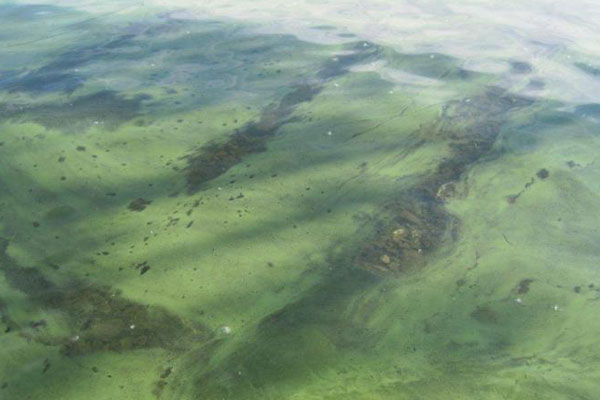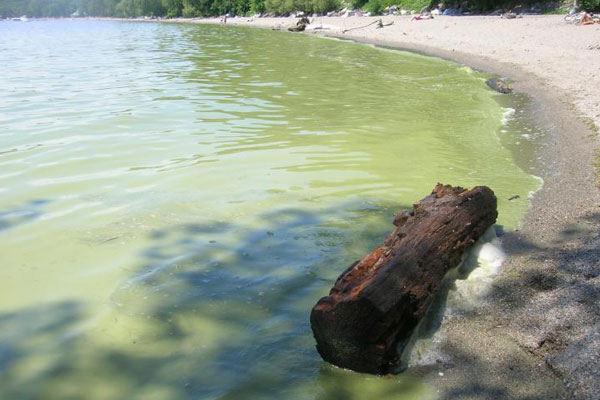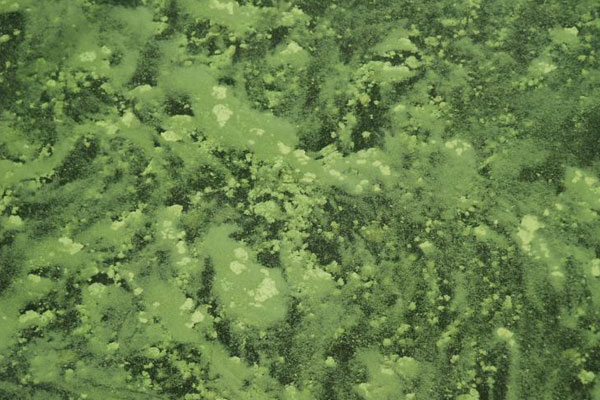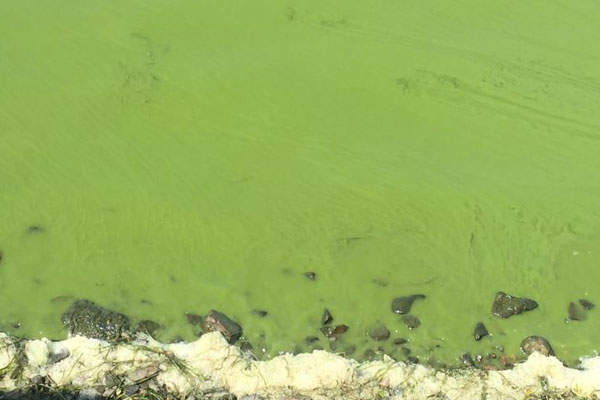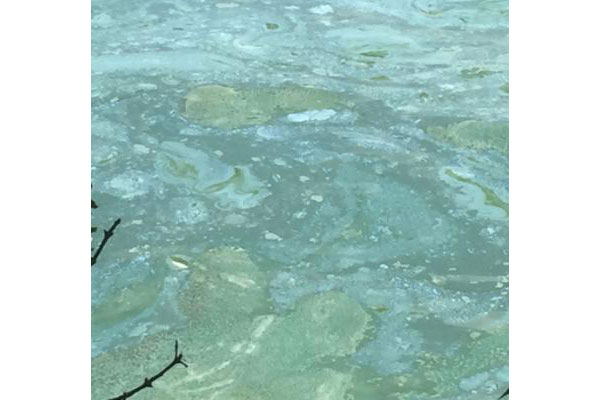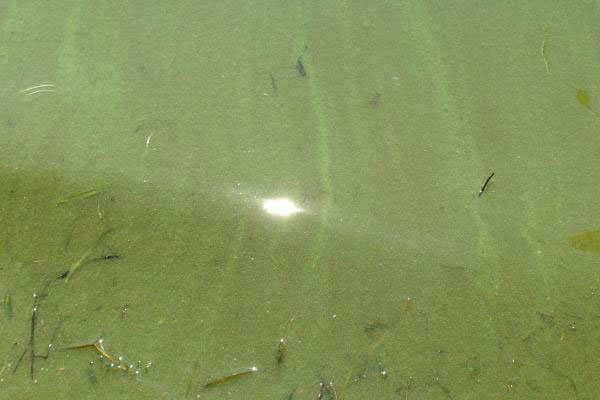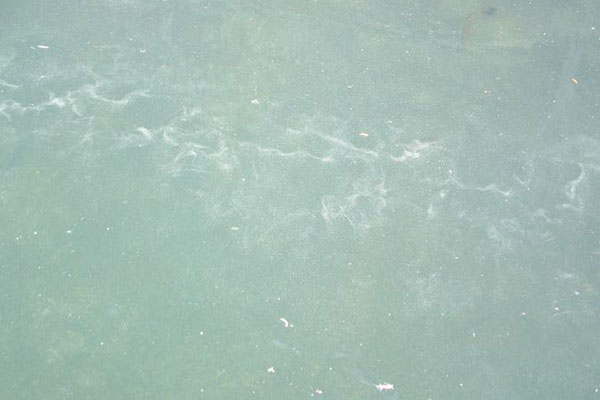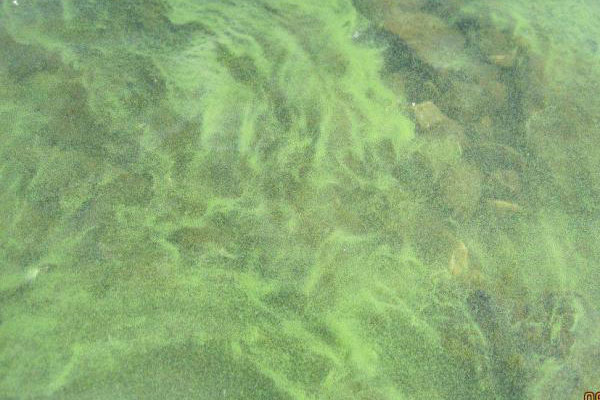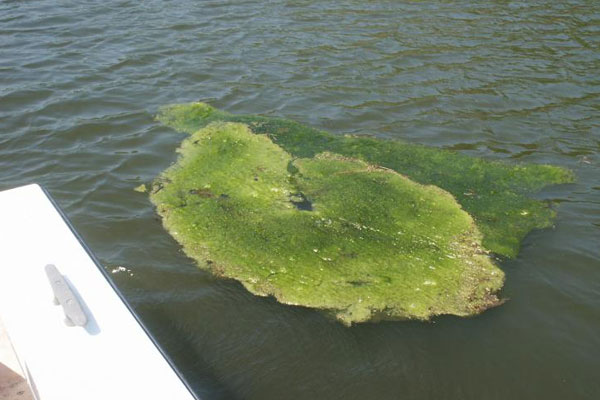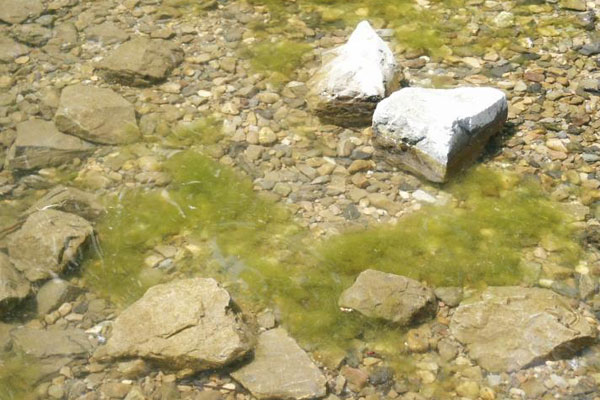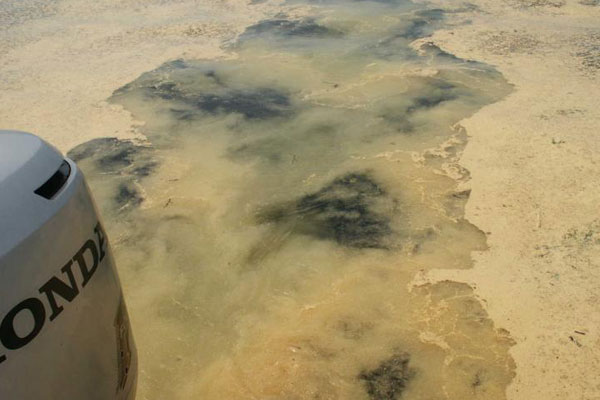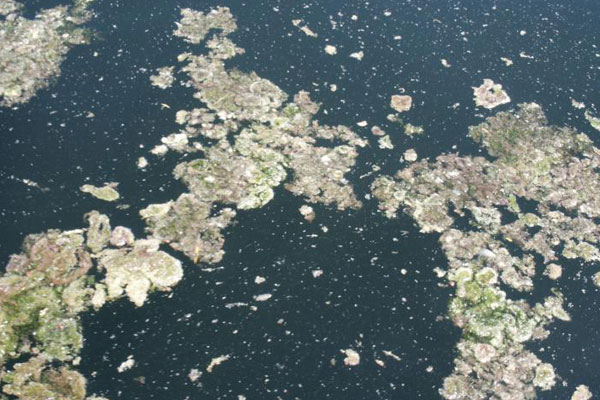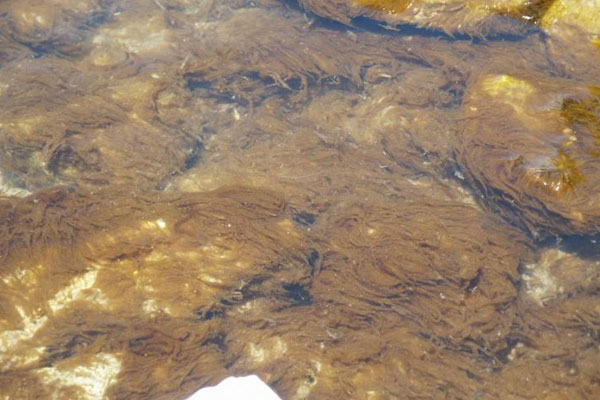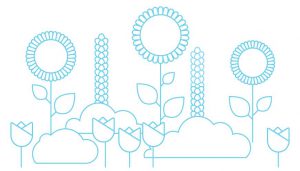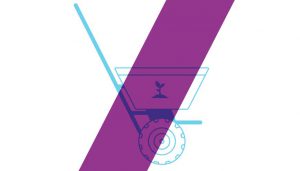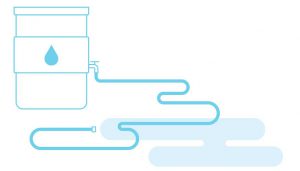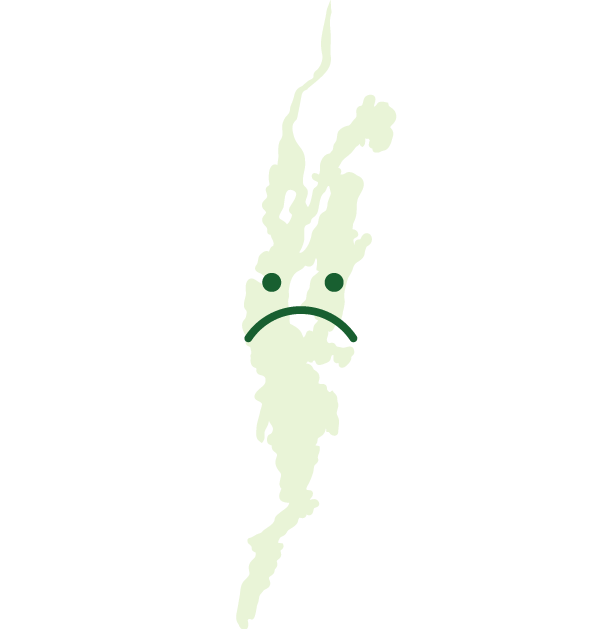
Algae Blooms
Every summer, we look forward to certain things: creemees, sunny days at the beach, and cooling off in Lake Champlain.
But each summer, cyanobacteria algae blooms make an appearance in Lake Champlain and the surrounding bodies of water.
YUCK!
What are algae booms?
You’ve probably heard about cyanobacteria algae blooms. But what are they and what causes them?
Cyanobacteria, or blue-green algae, is photosynthetic bacteria. It occurs naturally in waters used for recreation, such as swimming and waterskiing.
Certain environmental conditions, such as elevated nutrient levels, warmer temperatures, still water, and sunlight, can promote cyanobacteria growth and form cyanobacterial blooms.
These blooms are considered harmful due to the production of irritants and/or toxins, called cyanotoxins, which can pose health risks to humans and animals.
Swimming or wading in water with cyanobacteria may cause minor skin rashes, sore throats, diarrhea, stomach problems, or more serious health problems. Children and pets are at higher risk of exposure because they are more likely to play near the shoreline and drink water while swimming. Pets can also lick and swallow cyanobacteria that may be caught in their fur.
An algae bloom is
- Like thick pea soup or spilled paint on the water’s surface
- Generally green or blue-green in color, but can be brown, purple, red or white
- Made of small specks or blobs floating at or below the water surface
An algae bloom is NOT
- Stringy, bright grass-green, long strands that feel slimy or cottony—this is harmless green algae
- Mustard yellow in color (this is probably pollen)
How can you reduce algae blooms in Lake Champlain?
Plant a Rain Garden
Planting a rain garden allows rain water to pool for a short period of time in the garden. As rain from rooftop areas or paved areas soaks into the ground, the water is cleaned by the plants and the soil microbes.
Learn about planting a rain garden.
Avoid Using Fertilizers
No matter where you live, using fertilizer on your lawn can contribute to algae blooms in Lake Champlain. Rain and stormwater will often wash the fertilizer from your lawns into storm drains, leading directly into the lake.
Read about limiting your fertilizer.
Install a Rain Barrel
One easy way to help protect rivers, lakes, and streams is to redirect your roof gutters and downspouts away from hard surfaces such as your driveway and collect the rainwater in mosquito-proof containers, known as rain barrels.
Learn how to install a rain barrel.
Have you been exposed to blue green algae?
If you believe that someone has become sick because of exposure to cyanobacteria, get medical attention and call the Health Department at 800-439-8550.
It is not possible to tell if a bloom contains harmful toxins just by looking at it. Only laboratory tests of water samples can confirm whether a bloom is toxic.
Symptoms of Blue Green Algae Exposure in People
General health effects caused by exposure to cyanobacteria cells (not their toxins) include:
- Rashes or skin irritation
- Allergy-like reactions such as a runny nose or a sore throat
Additionally, some cyanobacteria may produce harmful compounds called cyanotoxins. When these toxins are swallowed in large amounts, they can cause the following health effects:
- Sharp, severe stomach problems like diarrhea and vomiting
- Liver damage that may take hours or days to show up in people or animals
- Numb limbs, tingling fingers and toes or dizziness
Symptoms of Blue Green Algae Exposure in Pets and Other Animals
Cyanobacteria toxins can also cause illness and sometimes death in pets and livestock. Possible symptoms animals may show after being exposed to a toxic bloom include:
- Weakness or staggering
- Difficulty breathing
- Convulsions
- Vomiting or diarrhea
The information on this page comes from the Lake Champlain Basin Program, the State of Vermont Agency of Natural Resources, the State of Vermont Department of Health, and the EPA.




